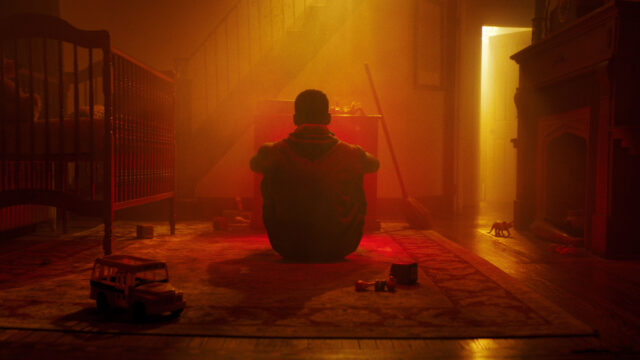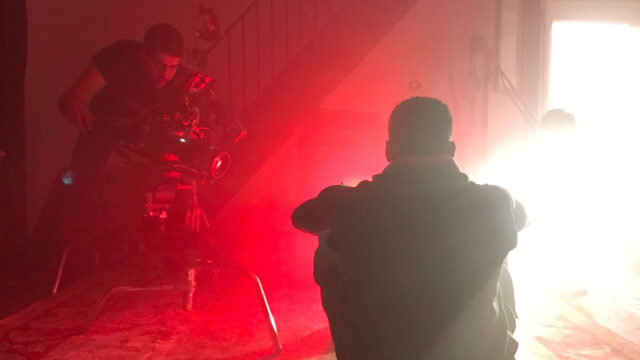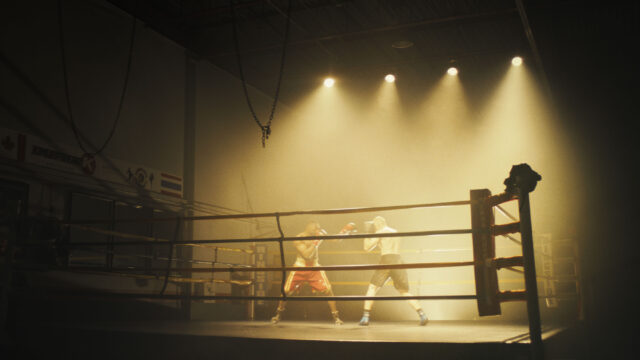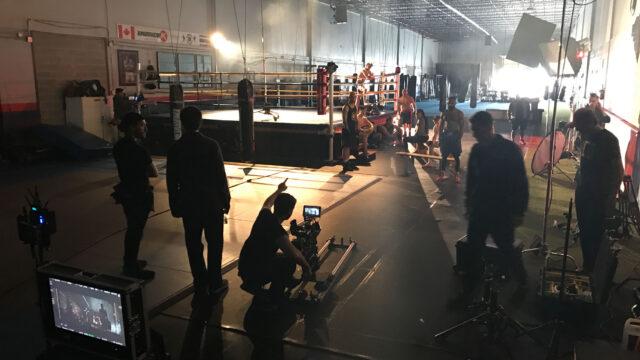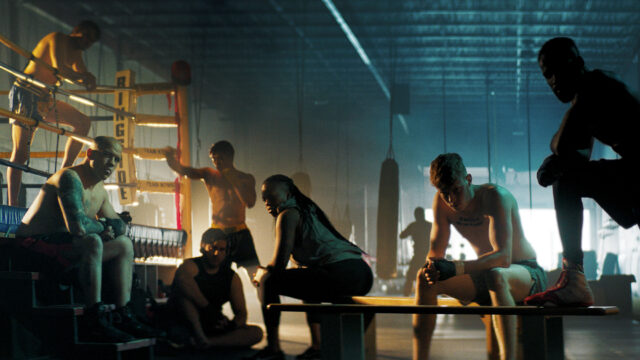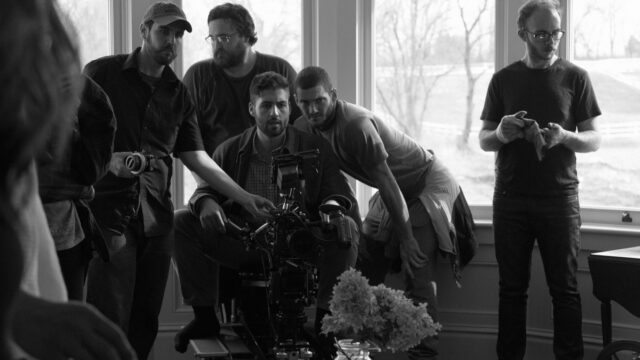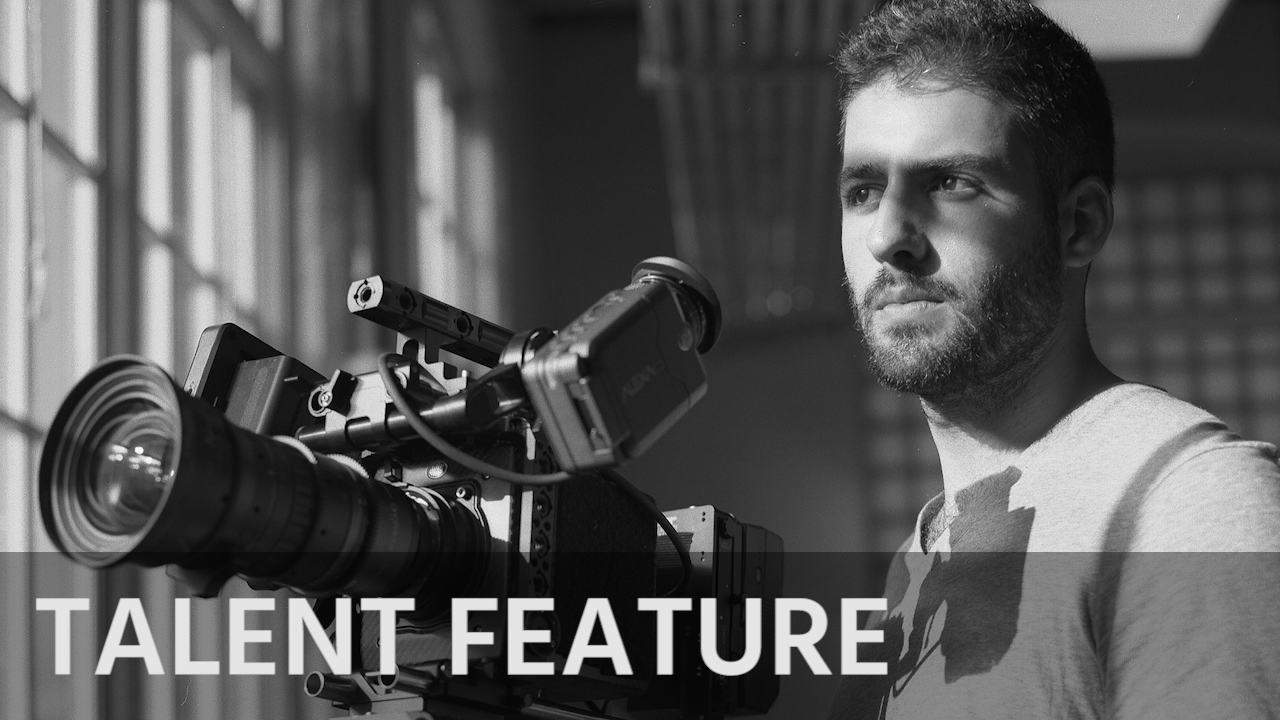
My name is Matt Bendo and I am a cinematographer based out of Toronto, Ontario, Canada. In April of 2017, I won the CSC (Canadian Society of Cinematographers) Award in Branded Content for my commercial Storm. In addition to working as a cinematographer, I am also a budding director. I shoot a variety of productions such as shorts, documentaries, music videos, and commercials. Overall, I am a very passionate visual storyteller.
Name and age: Matt Bendo, 25 years old.
Currently based in: Toronto, Ontario, Canada.
Language (s) spoken: English.
Occupation: I am a cinematographer and director.
How did you get started in our industry? Growing up I would dabble in animation and game design. I was incredibly excited that I was able to tell stories with my mind and a computer. I wanted to be a traditional animator, but luckily I found that I was best suited as an artist with a camera that could paint with strokes of light. All of my understanding of pacing, composition, and storytelling transferred nicely over to film. During my time at the University of Windsor, I realized that I wanted to be a filmmaker. I really feel like film is the medium in which I can best express myself. When I first moved to Toronto, I didn’t know anyone. I contacted the CFC (Canadian Film Centre) and volunteered for 30 days as a 2nd AC. Each day, I was able to meet a new cinematographer, director, and 1st AC. This really helped me get an initial connection with the wonderful film community that exists here. Each day, I would walk onto set and envision how I would light and block the actors. When the cinematographer and director would come on set, I would observe how a more experienced filmmaker would handle the task. I began to study what they did because I knew it would be beneficial to me as the basis of a strong foundation to help develop and hone my own skills. I learned a lot about lighting and on-set politics during that time. I believe it was a very crucial period for my growth.
One day, after a camera prep during a bus ride home, I asked the cinematographer of the project when is it appropriate to call oneself a cinematographer. I explained to this person that I wanted to be a cinematographer, but I didn’t know when I was allowed to call myself one. This person told me that if I wanted to be a cinematographer, then I should call myself a cinematographer and start shooting. I took the advice and started calling myself a cinematographer. Within the month, I had landed a few gigs as a cinematographer.
What types of productions do you mostly shoot? Lately, I have been focusing on commercials with a cinematic flair, as I am intrigued by the challenge of concisely telling a story. The turnaround time with commercials is quick and I feel that I am able to grow at an accelerated rate because of this. I am able to test and develop shooting techniques while hoping to discover and hone my visual style before transitioning into long-format narrative film. I am very passionate about shooting cinematic commercials because it feels like I’m shooting a visually striking short film. After winning the CSC Branded Content award for my commercial entitled Storm in April 2017, I couldn’t wait to get started on my next Branded Content project, Legacy, for the boxing academy Kombat Arts. The clients entrusted me completely with their brand and, since I was the director, cinematographer, and editor, my creative vision was easily facilitated. I was able to take some risks with the lighting which I feel were successful and I had a great experience shooting and developing the visual style for this project.
What is your dream assignment/job in our industry, and what are you really passionate about? I would absolutely love to be a feature film cinematographer. I am very passionate about cinematography and storytelling in general, which is why I really enjoy creating cinematic commercials. Cinematography is the medium through which my obsession with visual storytelling can be best expressed. The goal of a cinematographer is to use precise camera movements, compelling compositions, and strokes of light to evoke feelings in the audience that transcend simply displaying images on a screen. I want to tell stories that give the viewer goosebumps. I have always been fascinated by techniques cinematographers use to subconsciously manipulate an audience’s emotions and, as a budding commercial director, I found that the best way for me to execute my vision was to direct as well as DP.
In the work that you are presenting us, now that it is done, what would you have done differently throughout the production? I definitely should have hired an operator for the entire shoot. I was so sore by the 3rd day that I needed to bring in an operator for some of the in-ring scenes. Having an operator allowed me to take a step back, compose, light, and block out the scenes more efficiently. Not having to worry about physically moving the camera myself allowed me to spend more time communicating my vision to the actors and crew.
What current camera, lenses and sound equipment do you use? I shoot with the ARRI ALEXA Mini and various types of spherical and anamorphic cinema lenses. Though I believe lenses are investments that typically have longevity, I currently rent the lenses because the type and style of lens needed tends to be different for each project. I love to shoot with anamorphic lenses for my cinematic style commercial projects, but most of my jobs require spherical glass.
You chose to shoot your project with ARRI ALEXA Mini. Can you please describe why you chose to use it, what was your workflow, were you happy with the results and will you ever go that way again? I chose to shoot this project with the ARRI ALEXA Mini because I think it is a very versatile camera with a fantastic color science. I had to shoot in the 4:3 sensor mode because I was shooting with 2x anamorphic lenses: the Cooke SF Anamorphic. I tend to key light my subjects from behind, which allows me to utilize the nice flares that the Cooke SF Anamorphic lenses are capable of. Often, people like front-element anamorphic lenses due to their funky artifacts and oval bokeh, but I am mainly interested in the 2x squeeze factor. The 2x squeeze allows me to create what I believe to be more cinematic compositions. Since, I am more concerned about 2x squeeze rather than the typical funky characteristics of front-element anamorphic lenses, I enjoy shooting with the rear-element Angenieux anamorphic lenses as well. I have shot with the Angenieux 30-72mm T/4 and 56-152mm T/4 anamorphic zooms on many occasions, but the speed of the T/2.3 Cooke SF Anamorphic lenses was necessary for some of the low light conditions in this project.
Before production, I decided to keep the aspect ratio at 2.73:1 instead of cropping the sides to make it 2.39:1. I originally did this on a short film back in 2016 and I was very pleased with the results. I brought the footage into DaVinci Resolve, added a 2x desqueeze, a light color grade, and exported all of the proxies. I edited with the proxies inside of Premiere Pro.
I tend to do my sound design with Cal Cuffaro. I get the edit locked and then we lock ourselves in his studio for two days and finish the sound design in Logic.
What’s your favorite light equipment and why did you choose that kit over other solutions? I don’t have favourite lighting equipment per se. Every job requires different tools. I am beginning to use LED lights quite often on set, though. In Legacy I utilized a lot of ARRI LED fresnels. Their low power draw and RGB capabilities made them very versatile tools. I have also been using an LED mobile china ball setup that a friend of mine developed.
Do you use drones or gimbals in your productions? If so, what is the most effective way you’ve found of deploying them? I would say that I rarely use drones or gimbals in my productions. I tend to stick to a dolly, as I find that I am able to create more precise movements and better compositional framing. Of course, there are different tools for different purposes and I have used gimbals when they are the proper tools for the job. I used Freefly’s MōVI Prop on Legacy during the running shot at night. I was holding the MōVI Pro as I was being pulled on a doorway dolly alongside the runner. I was surprised that the MōVI Pro could balance the ALEXA Mini with a Cooke SF anamorphic lens. It took a bit of messing around, but we eventually had it balanced perfectly.
I have also used gimbals as remote heads on cranes. Specifically with the MōVI, we put the Mimic on a tripod head and control the movements of the gimbals remotely. In my personal experience, having the Mimic on a tripod head or wheels instead of in a handheld unit allows for more exact and fluid movements.
What editing systems do you use? When I am doing my entire post-production workflow, I like to use Adobe Premiere Pro, DaVinci Resolve, After Effects, Photoshop, and Logic.
How much of your work do you shoot in Log and what is your preferred way of colour correcting? Now that I own an ARRI ALEXA Mini, I shoot 100% of my work in Log, usually ARRI Log in ProRes 4444XQ files. I used to shoot in RAW when I would rent RED cameras.
I am used to colouring the majority of my own projects, but I recently had a chance to work with Clinton Homuth of Alter Ego Post on Legacy. It was a wonderful experience and I believe I will be outsourcing the majority of my colouring work to professional colourists now.
You can follow Matt Bendo and his creative work here and here.
